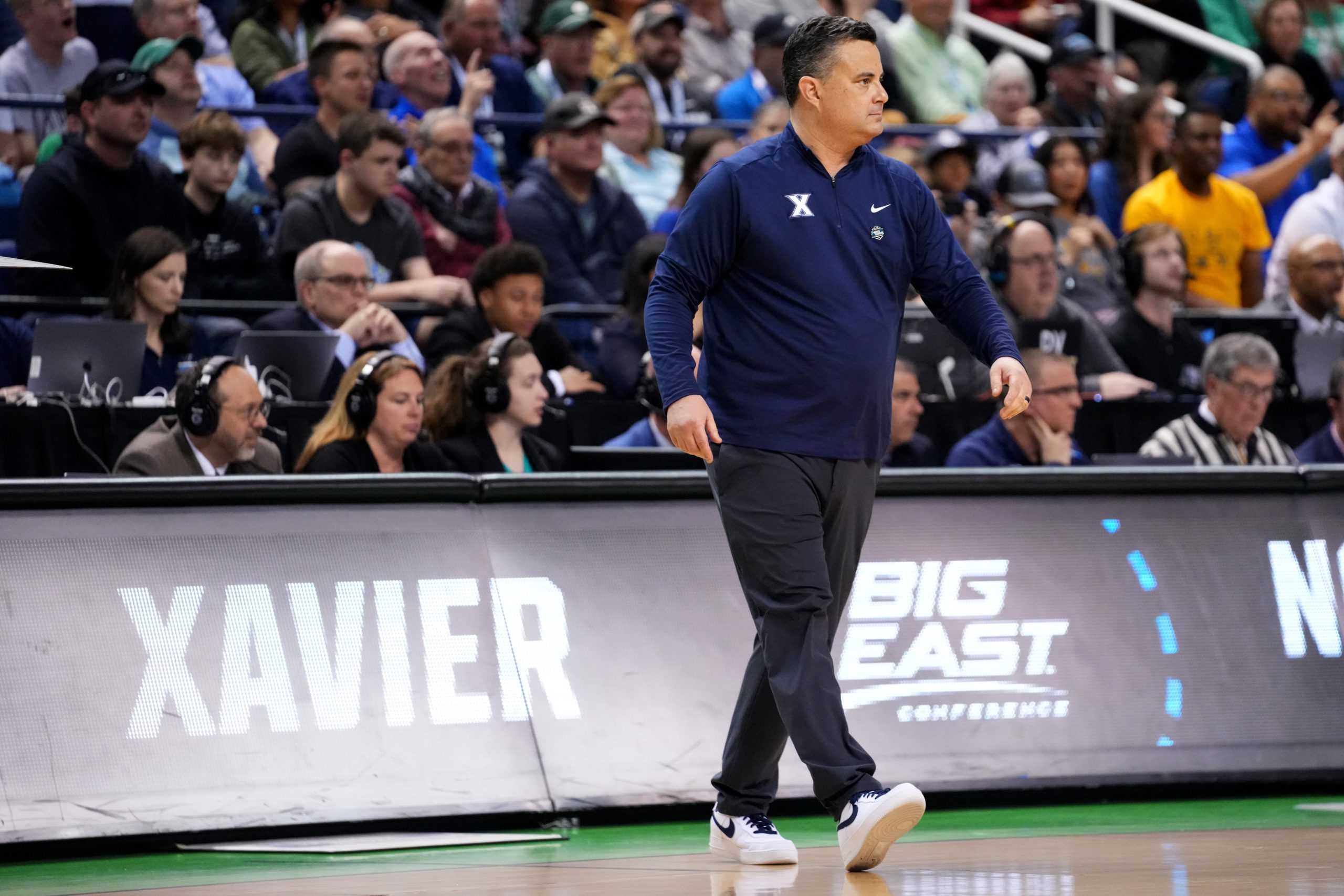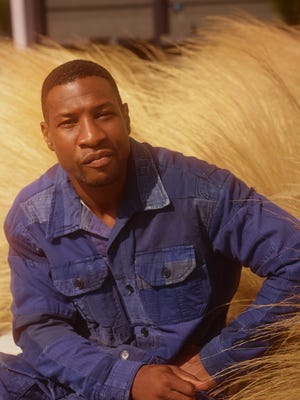
History books don’t often report on the everyday workers who toiled to make a living. Cincinnati was a river town, a frontier town, a manufacturing town. That was possible because of the blood, sweat and hard labor of people who built this city, doing many jobs that are long forgotten.
For the first few decades of Cincinnati’s existence, workers were either artisans or laborers. German immigrants had the money to purchase land and the skills to work in trades as butchers, bakers and tailors. Irish immigrants who faced discrimination for being Catholic were relegated to unskilled, dangerous labor such as digging the trench for the Miami & Erie Canal and laying railroad tracks.
More:Why did Cincinnati never finish its subway?
Working along the river
The arrival of steamboats to Cincinnati’s riverfront in 1811 brought a new trade – shipbuilding. The landing was also bustling with stevedores and longshoremen who hefted heavy parcels and crates up and down the gangways, loading and unloading cargo.
When a boat arrived, longshoremen were hired for the back-breaking work, which was non-stop for 20 to 30 hours, then they had to sit and wait for another boat and another job, sometimes a week later. This gave the wrong impression that they were loafing.
Longshoremen were mostly Irish laborers until slavery was abolished in 1865, and Black workers took those jobs.
More:Floating Palace circus boat built in Cincinnati was the talk of the Midwest in 1850s

Lafcadio Hearn was one of the few journalists to write about the stevedores. In his 1876 article “Levee Life” in the Cincinnati Commercial, he wrote about how they lived and the songs they sang. “Roustabout life in the truest sense is, then, the life of the (Black) population of the Rows, and, partly, of Bucktown … and echoes of the old plantation life still live in their songs and their pastimes.”
Dirty jobs
In the mid-19th century, Cincinnati was the world leader in pork packing, earning the unflattering nickname of Porkopolis. Filthy and odorous as it was, gutters running red with offal and pig jawbones, meatpacking was pivotal in developing the city’s economy.
Drivers herded pigs through the city streets to the abattoirs, the largest of them in Brighton. The hogs were then processed through a suite of chambers where they were hung up, killed, bled and cleaned, then cut up and the strips salted for preservation. It was grueling, messy work.
“The mallet, the knife, the axe, the boiling cauldron, the remorseless scraping iron, have each done their work,” Charles Fenno Hoffman wrote in his 1835 travelogue, “A Winter in the Far West.” He described the beginnings of the assembly line – or disassembly line. At that time, 120,000 hogs were slaughtered and processed in one year in Cincinnati.
Kathrine Nero:From controversial art to local brand, flying pigs soared

Soap makers such as William Procter and James Gamble then purchased the hog fat from packers, rendered it into lard and used large presses to squeeze out the liquid for lard oil. The grease, oil and fats were boiled, then solidified into blocks of soap.
Women in factories
Women often supplemented their families by serving as seamstresses, but also found work in factories in the early 1800s because some men preferred to be their own bosses rather than work for another man.
Many of the jobs were in garment factories where they slogged for extremely long hours in insufficient light and ventilation for meager wages. Ohio History Central noted that women routinely worked 96 hours a week, which amounts to 16 hours a day for six days. A woman working in a shoe factory in Cincinnati in 1850 earned $3 a week. That figures to a smidge over three cents an hour.
Despite the conditions, the work was beneficial to women who were widowed or not married and empowered them to eventually fight for women’s rights.
More:Dr. Elizabeth Blackwell, first woman doctor in the U.S., was inspired in Cincinnati
More:‘In the way my father set forth’: Family legacies are strong in Cincinnati
Skilled labor
Back when The Enquirer debuted in 1841, newspaper reporters, publishers and printers were often the same person. As newspapers grew in stature and page count, the tasks became specialized.
Typesetters were highly skilled workers who set by hand each individual letter of type upside-down and backwards on a composing stick, then placed them on the press. The next day, the typesetter picked up every letter and sorted them back into the appropriate boxes, ready for the next edition.
As the steamboat industry faded in the late 19th century, machinists who had built engines turned to manufacturing machine tools. Cincinnati Milling Machine Co. was founded in 1890 and became the largest machine-building company in the world in the 1930s.

Railroad engineers are still around, but the engineers on Cincinnati’s five inclines have been gone since 1948. The Main Street Incline was the first to open in the city in 1872. There were two platforms that carried streetcars up or down the hill, pulled along steel cables cranked by steam engines.
The operating engineer worked the throttle and the brake from a cabin in the power house on the top of the hill. Communication with the attendant in the lower station was done with a system of bells.
Although the engineer had a wonderful view of the city from his vantage point, he was too busy concentrating on the two platforms moving simultaneously, six times an hour, 19 hours a day.
Perks of the job
After a hard day, workers frequently sat down to unwind at one of the city’s 2,091 saloons in the 1890s. But in order for them to quaff a pint or two, someone had to mash the hops, pour the beer and roll the barrels from the hillside lagering cellars, then load them onto horse-drawn carts to deliver it.
Brewery crews were not large, but they worked long hours with the perk of free drinks. Gambrinus Stock Brewing Co. limited its employees to drinking 12 to 14 glasses of beer a day while on the job. Moerlein workers averaged 25 glasses daily.
That’s a whole lot of beer.
More:Something to learn from ‘Oldest Cincinnati’ and other history books

Tribute to workers
Workers are unheralded and rarely recognized. When Union Terminal was constructed, artist Winold Reiss created a number of mosaic murals, many of them celebrating the labor that built Cincinnati. The murals depict 35 workers in the city’s industries – printing, soap making, meatpacking, pottery, sheet metal, chemical processing, machine manufacturing.
In 2013, Enquirer reporter Cliff Radel researched and identified the real workers who modeled for the murals. Recognized after 80 years of anonymity.
Sources: “They Built a City: 150 Years of Industrial Cincinnati,” “Workers on the Edge: Work, Leisure, and Politics in Industrializing Cincinnati, 1788–1890” by Steven J. Ross, Cincinnati: A City of Immigrants website, Immigrant Entrepreneurship website, “The Grand Old Lady of Vine Street” by Graydon DeCamp, Cincinnati Views.
Source link







